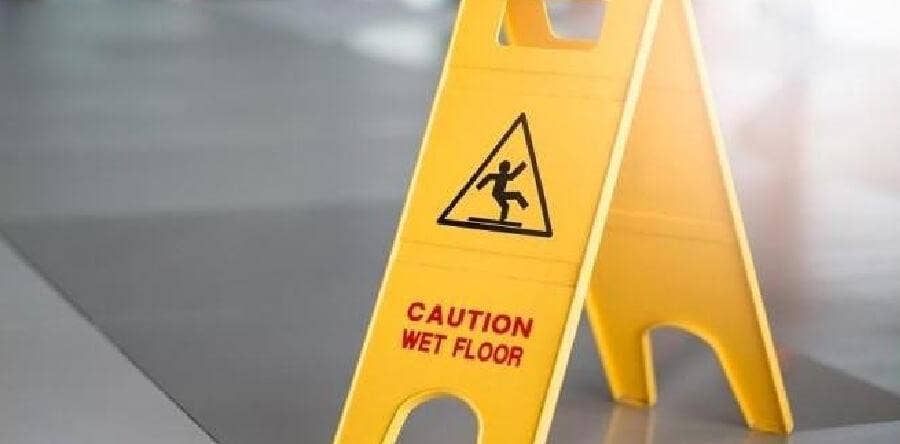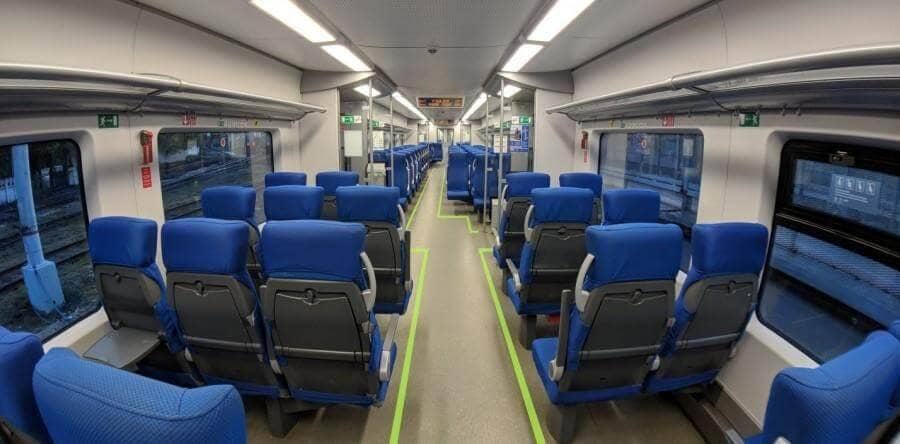Discovering the Essence of Jessup: The Original Skateboard Griptape and the Revolutionary ULTRAGRIP
The Heart of Skateboarding
An art form, a culture, and a lifestyle, skateboarding is more than just a sport. A skateboard griptape may not seem important to some, but it matters to those who ride. Between a skater's feet and deck, this seemingly simple sheet of material plays an essential role. Jessup Manufacturing, synonymous with reliability, innovation, and legacy in skateboarding, manufactures this essential piece of equipment.
The Legacy of Jessup Manufacturing
Founded in 1956, Jessup Manufacturing set out with a clear mission: to create the best skateboard grip tape in the world. Their journey began in 1956, and since then, Jessup has become a household name among skaters. The brand's dedication to quality and performance has seen it evolve and adapt with the ever-changing skateboarding landscape.
Jessup's reputation is built on consistency. Each sheet of Jessup grip tape is crafted with the same attention to detail and precision that the company has upheld since its inception. This consistency has earned them the loyalty of both amateur and professional skaters alike. But what exactly makes Jessup Griptape so special?
The Original Jessup Skateboard Griptape
Craftsmanship and Quality
Jessup’s original skateboard griptape is known for its perfect balance of grit and adhesion. The company uses a proprietary silicon carbide formula, which ensures that the griptape remains effective under the harshest conditions. Unlike some other brands, Jessup’s griptape maintains its grip even when exposed to moisture, dirt, or wear over time.
The griptape’s durability is matched by its ease of use. Skaters appreciate how easy it is to apply Jessup griptape without air bubbles, thanks to its pressure-sensitive adhesive. This feature makes it an excellent choice for both beginners and seasoned skaters who prefer a straightforward application process.
The Skater’s Experience
Jessup's original griptape offers a reliable and consistent feel that skaters trust. Whether executing a kickflip or cruising through the streets, the griptape provides the necessary grip without feeling overly abrasive on the shoes. This balance helps prolong the life of skate shoes, a significant benefit considering the wear and tear they endure.
For skateboard enthusiasts, knowing that their griptape won’t fail them mid-trick is crucial. Jessup’s legacy product gives skaters the confidence to push their limits, knowing their board will respond accurately to their every move.
Introducing JESSUP ULTRAGRIP™: The Grippiest Griptape Ever
Breaking New Ground
While Jessup’s original griptape set a high standard, the brand’s continuous quest for innovation led to the development of JESSUP ULTRAGRIP™. This new product represents a leap forward in skateboard griptape technology, offering an unparalleled level of grip and performance.
Advanced Materials and Technology
JESSUP ULTRAGRIP™ is crafted using advanced manufacturing techniques and materials that set it apart from the competition. The griptape features an enhanced grit formula, providing a more pronounced texture that maximizes grip. This enhanced grip is perfect for skaters who demand the highest performance, especially those performing technical tricks and maneuvers.
One of the standout features of ULTRAGRIP™ is its longevity. Despite its increased grip, the griptape remains highly durable. It resists tearing and peeling, even under intense use, making it a reliable choice for skaters who push their equipment to the limits.
The Ultimate Skating Experience
With JESSUP ULTRAGRIP™, skaters experience a new level of control and confidence. The griptape's superior traction ensures that every foot movement translates precisely to the board, offering unmatched responsiveness. This heightened control is especially beneficial for advanced skaters performing complex tricks that require precise foot placement and stability.
Furthermore, despite its aggressive grip, ULTRAGRIP™ manages to strike a balance that doesn’t excessively wear out skate shoes. This thoughtful design means skaters can enjoy the benefits of superior grip without constantly replacing their footwear.
The Journey of Innovation and Trust
A Brand Rooted in Skater Culture
Jessup Manufacturing has always been more than just a company; it's an integral part of skateboarding culture. Their products are designed with input from skaters themselves, ensuring that each new development aligns with the needs and desires of the community. This connection to the skateboarding world is evident in the thoughtful design and continuous innovation seen in products like the original Jessup griptape and JESSUP ULTRAGRIP™.
Meeting the Needs of Skateboard Dealers and Distributors
For dealers and distributors, offering Jessup griptape means providing customers with products that are tried, tested, and trusted by the skateboarding community. The consistent quality of Jessup's griptape ensures customer satisfaction and repeat business. Moreover, the introduction of ULTRAGRIP™ adds a premium option to their inventory, catering to skaters looking for the highest level of performance.
Skaters Need This Grip
Griptape Selection
The right griptape can significantly impact a skater's performance and experience. From the reliable and consistent original griptape to the advanced ULTRAGRIPTM, Jessup offers a variety of options. Based on their style, preferences, and the type of skating they engage in most frequently, skaters can choose.
Evolution Embracing
In the same way that skateboarding itself evolves, so do the tools and equipment that support it.This evolution is embodied by Jessup Manufacturing, which continually pushes the boundaries of skateboard griptape.With decades of experience and a commitment to quality, their products reflect their innovative approach and enduring legacy.
Conclusion: The Grip of Excellence
In the world of skateboarding, every detail matters. Jessup Manufacturing understands this better than anyone, offering griptape that not only meets but exceeds the expectations of skaters around the globe. From the classic, dependable original griptape to the cutting-edge JESSUP ULTRAGRIP™, Jessup provides solutions that enhance performance, durability, and the overall skating experience.
For skateboard enthusiasts and industry professionals alike, Jessup remains a beacon of quality and innovation. Their griptape is more than just a product; it's a partner in every skater's journey, helping them achieve their best with each ride. Whether you're a dealer, distributor, or a skater on the streets, Jessup's commitment to excellence ensures that you'll always have the grip you need to conquer your next challenge.















Recent Comments